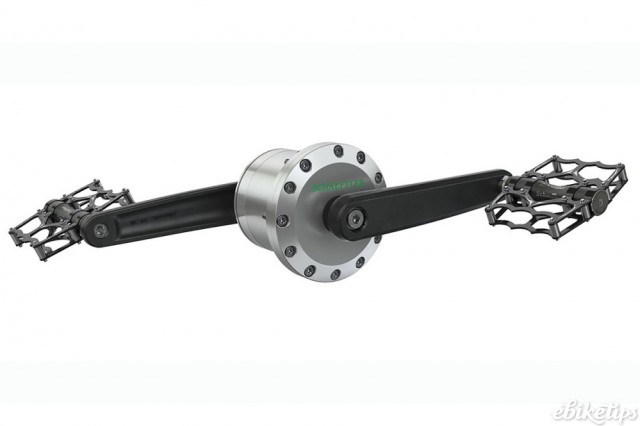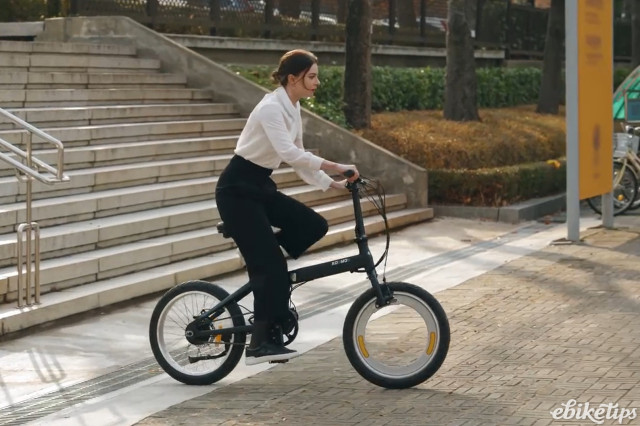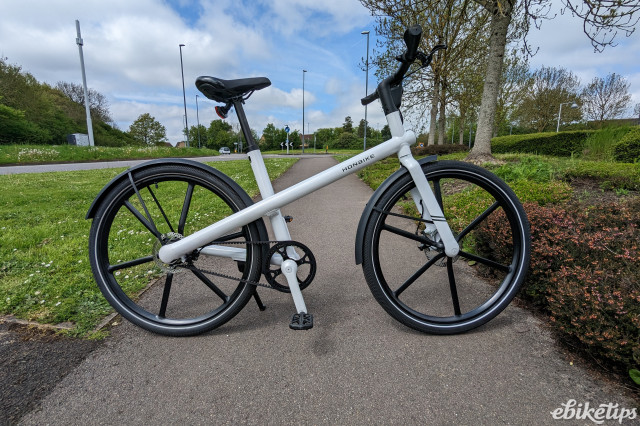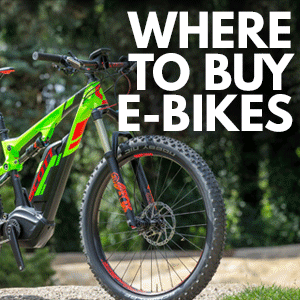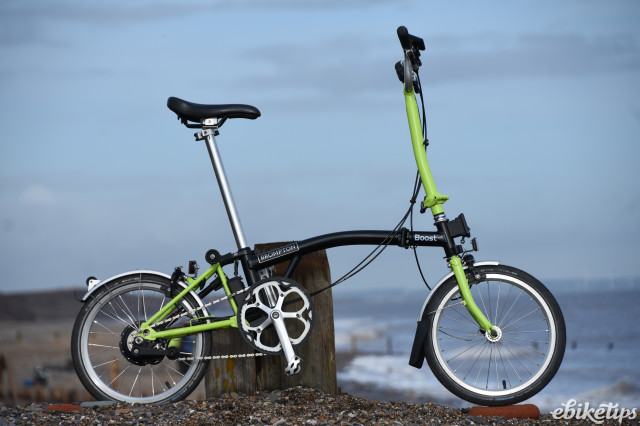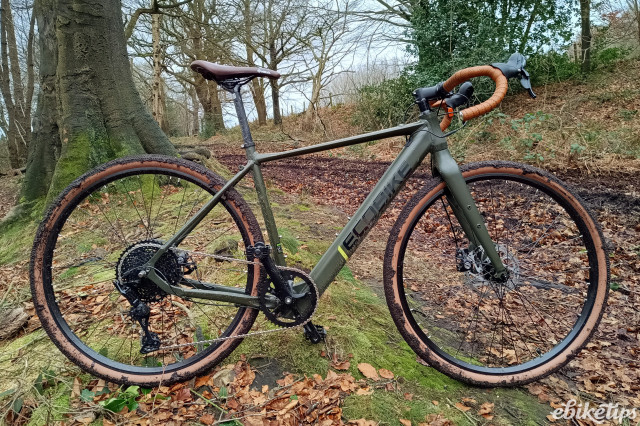Schaeffler’s e-mobility division has developed a chainless electric drive system called Free Drive. The system negates the need for a chain by converting the mechanical energy generated by pedalling into electric energy before converting it back into mechanical energy at a wheel hub motor.
The Free Drive system is a joint development with two-wheel electric drive specialists, the Heinzmann Group.
The central component is a Schaeffler generator. This absorbs the rider’s pedalling power while also setting a constant resistance on the pedal that is tailored to the rider.
The generator connects to a Heintzmann 250W hub motor via a computer area network (CAN) connection with any excess power stored in the battery.
The system is also regenerative, charging the battery when going downhill or braking.
Commenting on the innovation, Dr Jochen Schröder, president of the Schaeffler E-Mobility Division, said: “Regardless of whether the system is used in two-, three-, or four-wheel applications, the absence of a mechanical connection between the generator and motor means that Free Drive can provide maximum flexibility in the bicycle architecture and a freely configurable pedalling sensation, which is tailored to the requirements of the bicycle and the needs of the rider, while ensuring minimal wear.”
Schaeffler has previously designed a lightweight electric cargo vehicle, which it called the Bio-Hybrid.
The subsidiary responsible for the vehicle was sold off late last year with plans to go into production in the second half of this year. However, Bio-Hybrid has since filed for insolvency.
